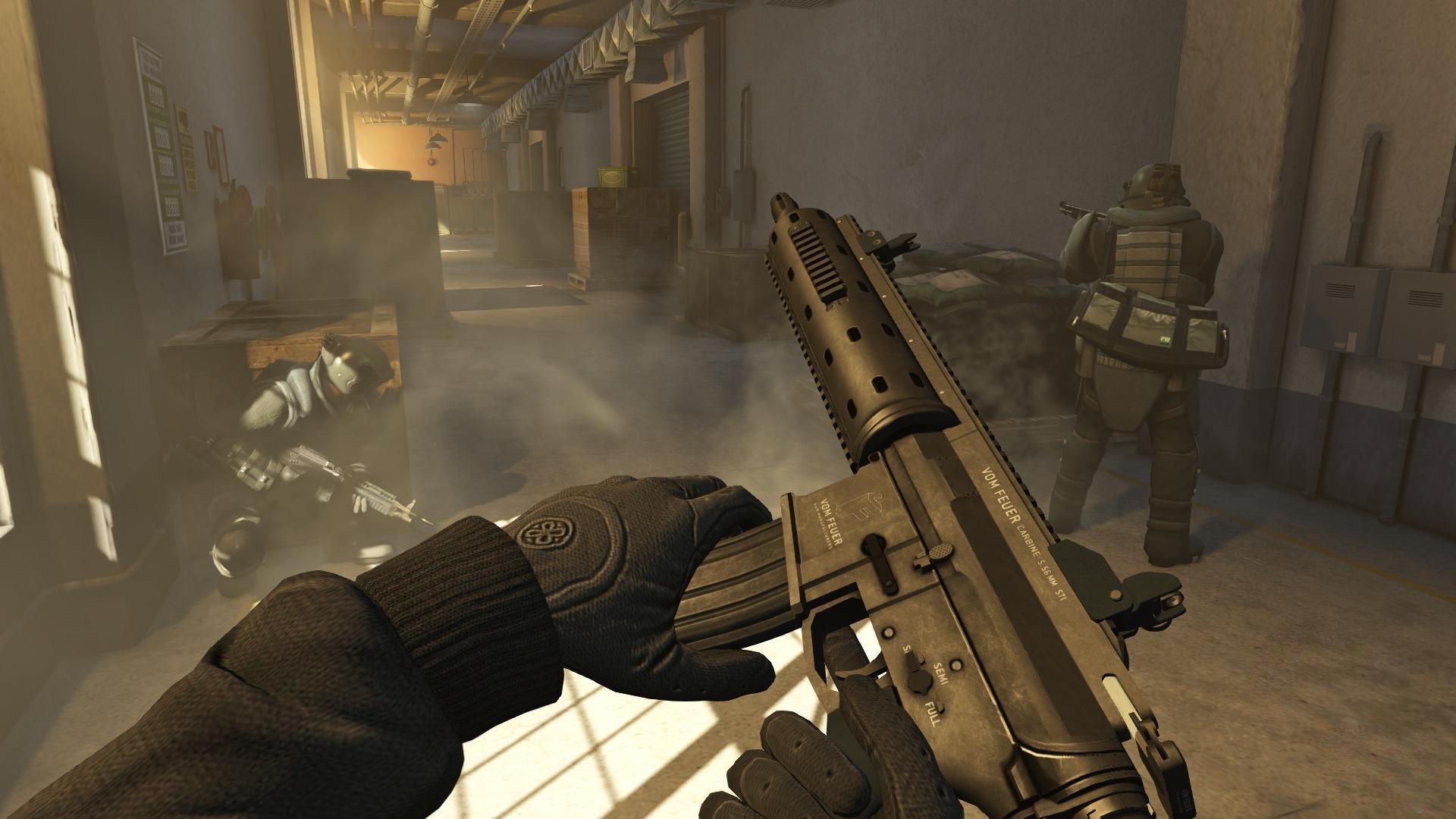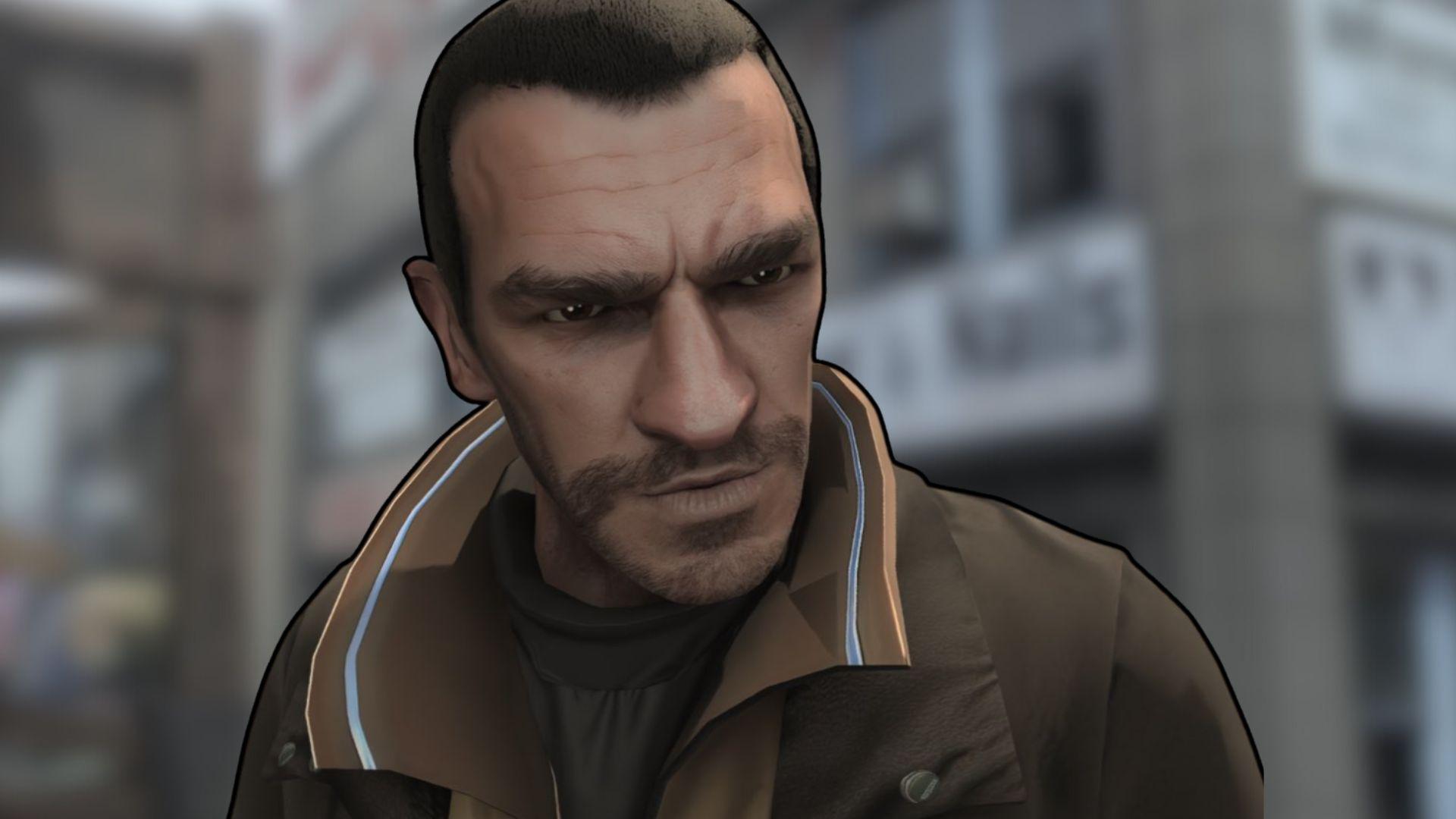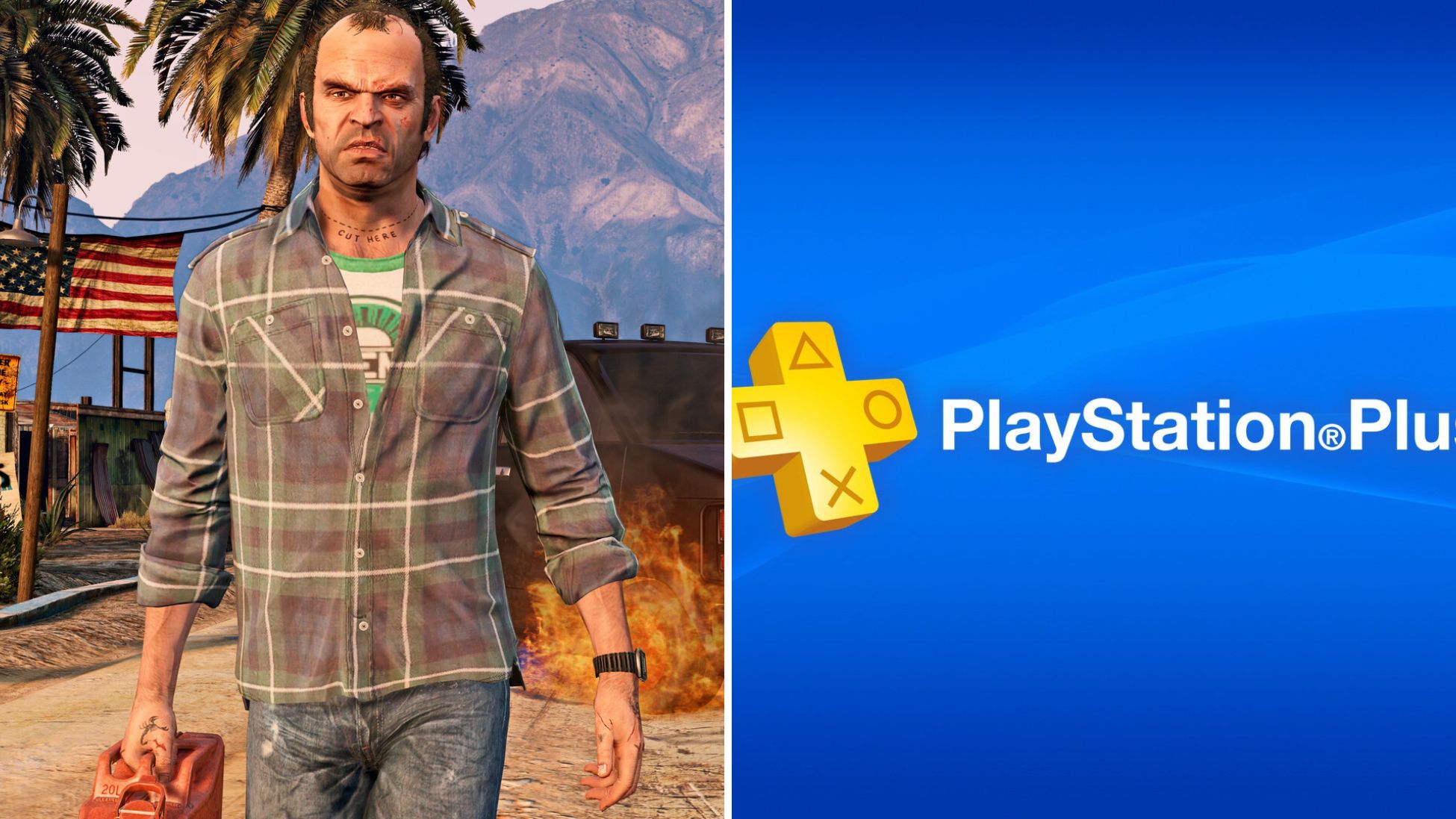The HD Universe is the official designation for the third and current canonical continuity within the Grand Theft Auto franchise, as confirmed by developer Rockstar North. Beginning with the 2008 release of Grand Theft Auto 4, this universe represents a complete narrative and tonal reboot, distinct from the preceding 2D and 3D Universes. It is defined by its high-definition graphics, a more grounded and realistic approach to world-building, and a sophisticated narrative framework that explores complex themes through its interconnected games. The universe encompasses the stories and settings of Grand Theft Auto IV and its expansions, The Lost and Damned and The Ballad of Gay Tony; the handheld title Grand Theft Auto: Chinatown Wars; the record-breaking Grand Theft Auto V; its massively successful and evolving multiplayer counterpart, Grand Theft Auto Online; and the upcoming Grand Theft Auto VI.
The introduction of the HD Universe marked a turning point for the series, moving away from tried-and-true lore of the 3D period to offer a new canvas. This decision allowed for the reimagining of iconic locations like Liberty City, Los Santos, and Vice City with unprecedented detail and new histories, unburdened by the events of previous titles. Powered by the proprietary Rockstar Advanced Game Engine (RAGE) and the dynamic Euphoria physics engine, the HD Universe prioritizes a sense of immersion, which has not only defined its gameplay but has also made its virtual worlds a subject of external study and immense player creativity.
Conceptualization and Reboot
The arrival of the HD Universe was formally announced with a release of a Grand Theft Auto IV debut trailer on March 29, 2007. The trailer was named "Things Will Be Different," and Rockstar Games deliberately chose a dark, atmospheric mood over a rowdy, action-dominated promotional effort of its predecessors. Philip Glass's minimalist composition "Pruitt Igoe" from the film Koyaanisqatsi of 1983 was an intentional artistic choice, immediately disidentifying the new addition from its colorful, at times cartoon-like parody of its 3D Universe forbears. The score, combined with expansive views of newly rebuilt Liberty City, added a feeling of city devastation, immigrant struggles, as well as dark realism, therefore clearing a path for the story of Niko Bellic as well as for a more mature story development of the entire HD era.
Rockstar Games specifically explained the reasoning for its reboot, stating, "The Grand Theft Auto III timeline is not necessarily over - but it is a different world to Grand Theft Auto IV. The reason for this was that we felt Grand Theft Auto IV was a high-definition experience and required different kinds of characters.1 This assertion makes it explicit that this change was not merely of a technical but of a philosophical nature as well. Going into high-definition hardware was a chance to reboot the very nature of its storytelling. Gone were the larger-than-life, archetypes of the 3D Universe because they were incompatible with a realistic, subtle world being created. This reboot provided a new freedom of storytelling to create characters of a more realistic motivation and psychological depth, explored with narratives of disillusionments of the American Dream from a variety of points of view, often contradictory.
The trailer itself was our first glimpse into this new canon, offering a Liberty City that was a significantly more accurate and complete analogue of New York City than its 3D counterpart. It introduced new boroughs alongside an additional nearby state of Alderney (which took its inspiration from New Jersey), making a geography that was both familiar and entirely new.
The reboot allowed Rockstar to leverage the powerful brand recognition of its settings while simultaneously liberating its writers and designers from the constraints of a decade of accumulated lore. In this way, the HD Universe was constructed from a passion to reconcile narrative sophistication with new technology advances, creating a more realistic, rich, and emotionally resonant world.
Canonical Evolution and Lore
A key feature of the HD Universe is how it reimagines continuity, not by completely discarding the past, but by treating it as a soft reset. Rather than picking up where the 3D era left off, Rockstar chose to start fresh while keeping certain elements intact in a new context. Iconic in-game brands like Sprunk, Cluckin' Bell, and 24/7 make the leap into the HD timeline, not as direct carryovers, but as reinvented fixtures that serve this new world's tone and themes. Longtime fans will still recognize voices like Lazlow Jones and Fernando Martinez, but their histories have been rewritten.
They're not the same characters from the old games, they're new versions, reimagined to fit this updated universe. Even figures like OG Loc aren't entirely forgotten; they're acknowledged as part of the in-game pop culture, more like celebrity references than active players in the story.
Nowhere is this reset more obvious than in the series' settings. The Liberty City seen in Grand Theft Auto IV, the San Andreas of Grand Theft Auto V, and the upcoming Leonida of Grand Theft Auto VI aren't just visual upgrades of their old counterparts—they're complete overhauls, with different histories, geography, and social structures. Liberty City, for example, has a newly imagined colonial background, making events from the 3D timeline, like the infamous Harwood Incident, no longer part of the official lore.
San Andreas underwent a similar transformation: Mount Chiliad, once a centerpiece of the old map, now belongs to a different region entirely, located north of Los Santos. Even references to events like the 1992 riots are framed as unique to this timeline, inspired by the older games but treated as separate incidents. These changes give Rockstar room to tell new stories in familiar places, tailored to modern issues and cultural shifts.
This approach isn't limited to GTA, either. While the Red Dead series stands on its own in what's now called the "Redemption Universe," elements from that world have started to creep into GTA VI through reimagined brands and historical nods. It's not a direct connection, but it shows how Rockstar draws from its broader library to build a consistent style, satirical, layered, and rooted in a particular kind of American mythmaking. The result is a world that feels cohesive and familiar, even as it evolves with each game.
Setting and World-Building
The HD Universe paints a sharp, satirical portrait of modern America, brought to life through Rockstar's increasingly ambitious open worlds. Each major location isn't just a backdrop for gameplay; it's a lens through which the series explores crime, culture, and the darker corners of American life. It all began with Grand Theft Auto IV, set in the dense, grey sprawl of Liberty City and neighboring Alderney. Loosely based on New York City and parts of New Jersey, this version of Liberty was gritty, oppressive, and atmospheric. It was a perfect match for Niko Bellic's journey as an immigrant trying to find his footing in an uncaring city. Broker, Dukes, Bohan, and Algonquin, stand-ins for Brooklyn, Queens, the Bronx, and Manhattan respectively, were all designed with an eye for realism and vertical scale. This reinforced the feeling of being boxed in, overwhelmed, and isolated.
Then came Grand Theft Auto V, which flipped the tone and expanded the scope. Set in the sun-drenched chaos of Southern San Andreas, the game introduced Los Santos, a sharp parody of Los Angeles, alongside the wide-open deserts and rural towns of Blaine County. This contrast between city and countryside added depth to the game's story and gave players more variety in how they explored and interacted with the world. The satire shifted from East Coast cynicism to West Coast excess, tackling everything from celebrity culture to economic decay in rural America. It also marked a major leap in design, with a larger, more interactive world full of wildlife, activities, and ambient life. Rockstar's attention to detail was so impressive that the game ended up being referenced in a photorealism enhancement study.
Over time, the HD Universe has grown beyond its core cities. The snowy town of Ludendorff, North Yankton, introduced in GTA V's prologue, provided a brief but cinematic glimpse into the game's backstory. Later, Grand Theft Auto Online pushed the boundaries further with Cayo Perico, a privately owned Caribbean island used as the setting for a high-stakes heist. These additions show Rockstar's willingness to experiment with smaller, self-contained areas that serve specific story and gameplay functions.
Now, with Grand Theft Auto VI on the horizon, the world is set to grow again. The game introduces the state of Leonida, Rockstar's take on Florida, with Vice City making its return as the centerpiece. Like the games before it, GTA VI aims to reimagine an iconic location with new energy, updated themes, and more complex satire.
Technological and Gameplay Advancements
The transition to the HD Universe was driven by major technological advancements, most notably the introduction of the Rockstar Advanced Game Engine (RAGE) and the Euphoria physics engine. These innovations went far beyond the typical visual upgrades expected from a new console generation. They fundamentally changed how players interacted with the game world. RAGE delivered significant improvements in graphical fidelity, draw distances, and environmental detail, helping to create cities that felt more alive and convincing than ever before. Euphoria is a procedural animation system that replaced the pre-set animations of the 3D era with dynamic, physics-based reactions. Every gunshot, explosion, or impact triggered unique responses, making character movements feel unpredictable and grounded in physical reality. This shift added a visceral, immersive layer to gameplay that hadn’t been seen in the series before.
These tools also laid the groundwork for deeper gameplay systems and more interactive worlds. One standout example is the evolution of the in-game mobile phone. In the 3D Universe, it was little more than a basic method for receiving mission updates. In Grand Theft Auto IV, the phone became a central hub for gameplay, allowing players to manage contacts, schedule activities, activate cheats, and launch multiplayer sessions. This reflected the growing role of mobile technology in real life. By the time of Grand Theft Auto V, the phone had evolved into a full-blown smartphone parody. It featured a simulated internet, social media platforms, stock trading apps, and a functioning camera. These features were tightly integrated into the game loop, reinforcing the HD Universe’s commitment to satirizing and reflecting modern digital life.
Player agency and personalization also saw major growth. The simple respray garages of the 3D era were replaced in Grand Theft Auto V by Los Santos Customs, where players could extensively modify their vehicles. From performance upgrades to cosmetic changes, these options turned cars from disposable tools into personal investments. This supported the franchise's long-standing focus on car culture and gave players a stronger sense of ownership. The storytelling also advanced, most notably with the introduction of three playable protagonists in GTA V. Players could switch at any time between Michael, Franklin, and Trevor, offering different perspectives on the same story. This opened the door to more complex, layered missions and character-driven narratives that weren’t possible in previous entries.
And Grand Theft Auto VI is expected to feature even further graphical and gameplay improvements. Grand Theft Auto VI is built on an improved RAGE engine that was used to also develop one of the most realistic games to date, Red Dead Redemption 2.
Games of the HD Universe
The narrative and thematic richness of the HD Universe is built upon a series of interconnected titles, each contributing a unique perspective and gameplay focus.
- Grand Theft Auto IV (2008) and Episodes From Liberty City (2009): This trilogy of stories forms the cornerstone of the HD Universe. Grand Theft Auto IV introduced players to the gritty, reimagined Liberty City through the eyes of Niko Bellic, an Eastern European war veteran searching for a new life. Its somber tone and focus on the failed promises of the American Dream set a new standard for narrative maturity in the series. The two expansions, The Lost and Damned and The Ballad of Gay Tony, brilliantly expanded this world by telling parallel stories that intersect with Niko's journey. The Lost and Damned offered a raw look into the violent, decaying world of an outlaw motorcycle club, while The Ballad of Gay Tony plunged players into the glamorous but hollow nightlife of the city's elite. Together, they create a rich, multi-faceted portrait of a single city in turmoil.
- Grand Theft Auto: Chinatown Wars (2009): Occupying a unique space in the universe, Chinatown Wars adapted the HD Liberty City to handheld platforms. Set one year after the events of GTA IV, it maintained canonical consistency while adopting a distinct top-down isometric perspective and a cel-shaded art style. Its story, centered on Huang Lee and the Triad families, and its innovative use of touch-screen minigames for activities like hotwiring cars, demonstrated Rockstar's versatility in translating the core GTA experience to different formats without compromising its place in the established lore.
- Grand Theft Auto V (2013): This title represents the commercial and creative zenith of the HD Universe to date. Set in the sprawling state of San Andreas, its revolutionary three-protagonist narrative provided unprecedented storytelling freedom and gameplay variety. The interwoven stories of Michael De Santa, Franklin Clinton, and Trevor Philips offered a scathing satire of modern American life, from celebrity worship and financial corruption to rural meth epidemics. Its massive, detailed world became a new benchmark for the open-world genre and a platform for immense player creativity, spawning countless machinima videos and fan projects, such as a celebrated half-hour fan film and a video tribute to Carl Sagan's "Pale Blue Dot".
- Grand Theft Auto Online (2013): Initially launched as a multiplayer component for GTA V, GTA Online has evolved into a massive, standalone entity that continues to expand the HD Universe's lore. Originally set as a prequel to GTA V, its timeline has since progressed beyond the single-player story, with numerous updates introducing new characters, businesses, and sprawling narratives like The Doomsday Heist and The Cayo Perico Heist. It functions as a persistent, living version of Southern San Andreas, constantly evolving with new content and serving as a bridge between major installments in the series.
- Grand Theft Auto VI (2026): Scheduled for a 2026 release, Grand Theft Auto VI is set to be the next major chapter in the HD Universe. Set in the state of Leonida, which includes the iconic Vice City, the game will feature dual protagonists, Lucia and Jason. It is poised to continue the universe's tradition of pushing technological and narrative boundaries, further exploring contemporary American culture through its satirical lens. And the game is expected to push the benchmark even further.
The HD Universe has grown beyond video games to become a major cultural and community driven force, solidifying Grand Theft Auto as a dominant name in entertainment. Its massive commercial success is led by Grand Theft Auto V, which has sold over 200 million copies, making it one of the most profitable entertainment products in history. The ongoing popularity of Grand Theft Auto Online helped establish the "games as a service" model and redefined the scale and earning potential of open-world games.
It also became a platform for creativity. The addition of the Rockstar Editor in GTA V gave players advanced tools for creating in-game videos, leading to a thriving community of fan-made films, music videos, and machinima. Projects like the acclaimed 30-minute fan movie showed how the game empowered players to move from passive players to active creators.
Outside the gaming space, the HD Universe has attracted academic attention. The realism and technical depth of GTA V led to its use in a scientific study on photorealism, highlighting its value as a digital simulation. While nostalgia for the 3D Universe remains strong, the HD Universe stands as the franchise’s defining vision.
References
Updated Asked & Answered: Re: Vice City, Red Dead Redemption and Chinatown Wars, Rockstar Newswire, published by Rockstar Games on September 18, 2009. Accessed July 28, 2025.






